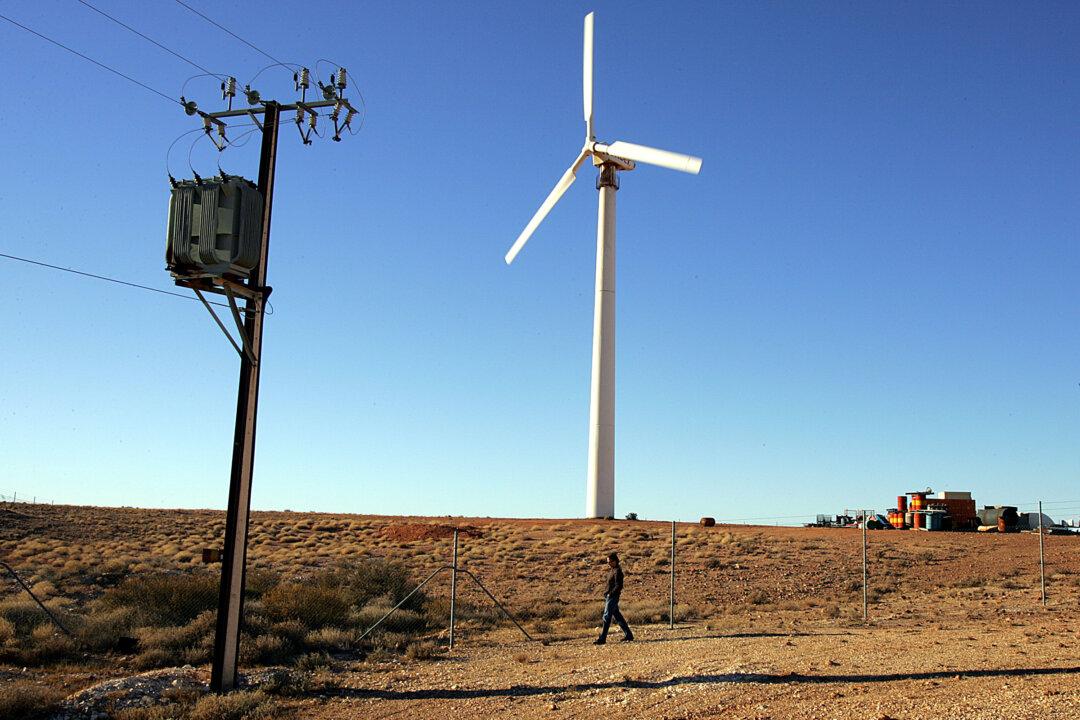Millions of workers across Australia will now have access to paid domestic violence leave, while some others will have to wait until August as the new law comes into effect on Feb. 1.
The new arrangement will replace the existing five days of unpaid leave under the National Employment Standards.
Apart from full-time workers, the legislation also covers part-time and casual employees.
Workers can take leave to deal with the impact of family and domestic violence while still receiving the full pay rates (including incentive-based payments and bonuses) that they would have earned if they were not on leave.
The leave renews every 12 months for employees and does not accumulate from year to year if they do not use it.
In addition, it will not appear on workers’ payslips to protect them from other risks.
Small businesses (with 15 employees or less) will have until Aug. 1 to implement the changes. This means unpaid leave is the only available option for their workers until this time.
Response from the Government and Business Community
During a meeting with union workers and advocates on Jan. 31, Prime Minister Anthony Albanese said it was remarkable that until now, people subject to domestic violence had to choose between pay slips and physical safety.“No woman should ever have to choose between her job and her safety.
“Let us hope that in putting in place this measure, it’s used less and less in the future.”
At the same time, the prime minister said part of tackling domestic violence required people to open up and talk about the issue.
“So this is a policy that is about women and their children, but it’s also about men. It’s about changing behaviours. It’s about sending that message,” he said.

Workplace Relations Minister Tony Burke said workers’ safety was the reason the government included casuals and loading rates in the new measure.
Meanwhile, the Australian Chamber of Commerce and Industry (ACCI), the largest business association in the country, said it supported the new government policy.
“ACCI supports family and domestic violence leave recognising that employers want to be able to assist and support employees suffering from family and domestic violence,” a spokesperson told The Epoch Times.
“The scourge of family and domestic violence is a serious and pervasive social problem, requiring a whole community response.”
The State of Domestic Violence in Australia
A significant portion of the Australian population has experienced domestic violence.While men are less likely to appear in the headline as victims of domestic violence, around one in sixteen Australian men, or 548,000 people, have been subject to physical or sexual abuse by their partners since the age of 15.
Furthermore, 1.2 million people, or 6.6 percent of the population, reported having experienced violence from another family member.

During the first 12 months of the COVID-19 pandemic, 9.6 percent of women reported having experienced physical violence by their partners, while 3.4 percent said they were subject to physical abuse for the first time.
Around 42 percent of women saw an increase in the frequency or severity of physical violence from their partners.
Meanwhile, the survey found children to be more vulnerable to domestic violence as the impacts and outcomes of violence could be more serious or long-lasting for this group of population.
Around one in 14 Australians said they were subject to physical abuse by a family member when they were less than 15 years old, while one in 30 experienced sexual violence as a child.
Regarding support services, only 28 percent of male victims sought help, advice or support compared to 50 percent of women.





